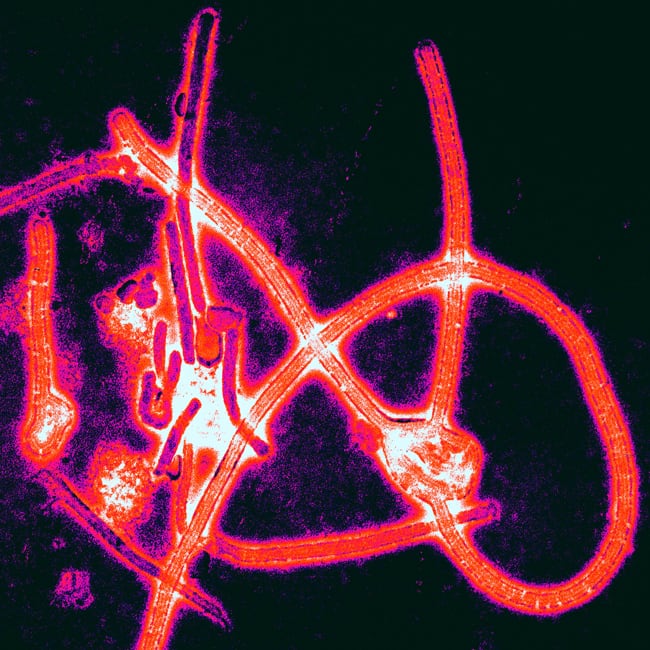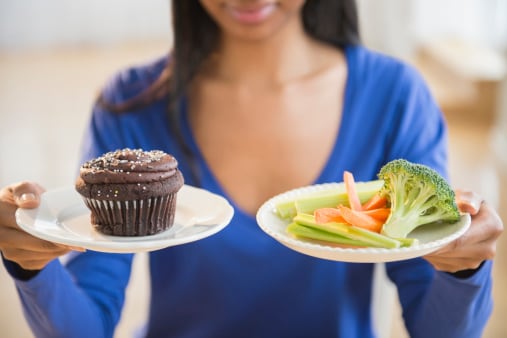40s …
“My hair isn’t as thick!”

Hormones are the sneaky culprit behind your strands disappearing act in your 40s. (Moodboard/Thinkstock)
Have you noticed when you try that sexy side part you see more scalp? Or maybe that workout ponytail isn’t as full. You’re not imagining things. Your hair may be thinning. Hormones are the sneaky culprit behind your strands disappearing act in your 40s. Many women experience symptoms of perimenopause (the step before menopause), in their mid to late 40s.
According to Dr. Weaver, hormonal fluctuations lead to what is called miniaturization of the hair follicles. “The hair follicle gets smaller and smaller so that each individual strand of hair becomes finer and finer, which eventually results in the perception of less hair on your head.”
Although you may have the same number of hair follicles, the quality of hair that is produced changes. The hair can be weaker, finer and shorter, which makes it much more susceptible to breakage. As if this natural process isn’t enough, wacky periods associated with perimenopause can also lead to anemia or iron deficiency — especially if periods are longer and heavier.
What does this mean for your hair?
“Anemia most commonly contributes to excessive shedding and sometimes breakage,” Amerson advises.
The iron we ingest from veggies isn’t absorbed into the body as well as iron from meat, poultry or fish, according to the American Society of Hemoglobins. So take note if you’ve switched up your diet to shed the few extra pounds you gained since your metabolism slowed down. It could result in your hair shedding instead.
What to do:
Internally: Increase your iron intake if diagnosed with anemia. Your doctor may prescribe a supplement. In addition, opt to increase lean meat, poultry or fish in your diet. Don’t forget Vitamin D; a deficiency is an often-overlooked cause of hair shedding.
Externally: Go for longer layers, which can create the illusion of fullness. Our hair is primarily made up of keratin, a form of protein, so a monthly protein treatment can repair and replenish. Also look for volumizing conditioners that aim to plump up each strand, making hair appear fuller








